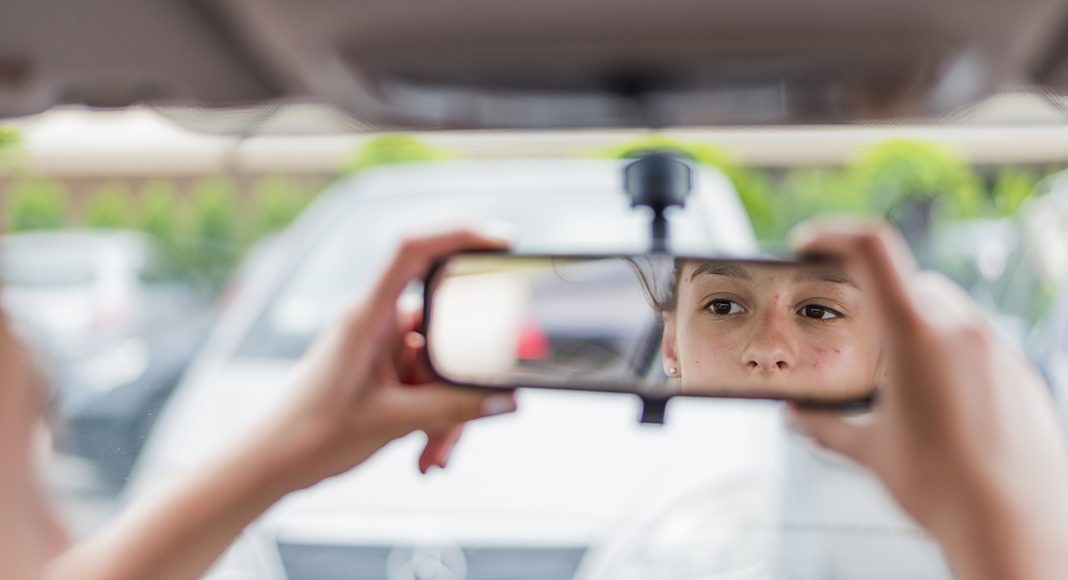Teen drivers are eight times more likely to be involved in a crash or near-miss in their first three months of holding a driver’s license, compared to the previous three months of holding a learner’s permit, according to a new study.
Led by the National Institutes of Health (NIH), the study also suggests that teens are four times more likely to engage in risky behaviors such as rapid acceleration, sudden braking and hard turns during this period. In contrast, teens on a learner’s permit drive more safely, with their crash/near crash and risky driving rates similar to those of adults.
“Given the abrupt increase in driving risks when teenagers start to drive independently, our findings suggest that they may benefit from a more gradual decrease in adult supervision during the first few months of driving alone,” said Bruce Simons-Morton, Ed.D., M.P.H., Senior Investigator at NIH’s Eunice Kennedy Shriver National Institute of Child Health and Human Development (NICHD) and one of the authors of the study.
The study followed the same teenagers over time, from the beginning of the learner period through the first year of independent driving, while continuously collecting information using software and cameras installed in the participants’ vehicles. Overall, the study found that the crash/near crash rate for teenagers did not decline over the first year of independent driving, while the rate of risky driving modestly declined. The researchers said that if teenagers were learning from their experiences, they would expect driving risks to consistently decline over time.
“During the learner’s permit period, parents are present, so there are some skills that teenagers cannot learn until they are on their own,” said Pnina Gershon, Ph.D., the study’s lead author. “We need a better understanding of how to help teenagers learn safe driving skills when parents or other adults are not present.”
The study was published in the Journal of Adolescent Health.



















